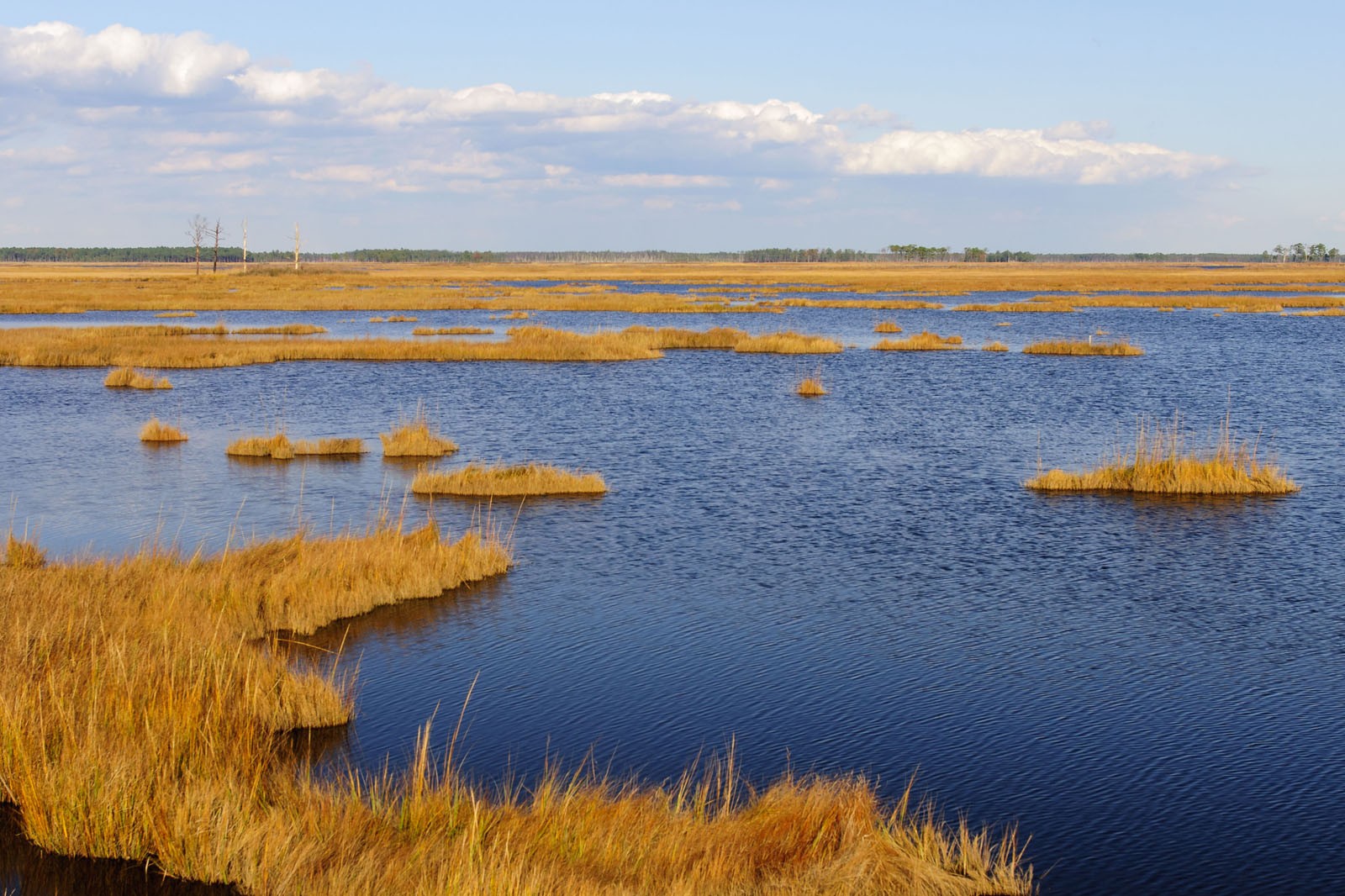On Thursday, the Supreme Court tightened the federal government’s ability to police water pollution, ruling that the Clean Water Act does not allow the Environmental Protection Agency to regulate discharges into some wetlands near bodies of water.
The case, Sackett v. Environmental Protection Agency, centered on an Idaho couple, Michael and Chantell Sackett, who tried to build a house on property they purchased in 2005. The property contained a marshland, and in 2007, the couple filled a soggy part of the property with sand gravel to prepare for construction. The EPA ordered them to stop construction and return the property to its original state. The Sacketts, instead, sued the agency.
In a 5-4 vote, the Court determined that wetlands, like the property owned by the Sacketts, can only be regulated under the Clean Water Act if they have a “continuous surface connection” to larger, regulated bodies of water,” wrote Justice Samuel Alito. Because there is no such connection on the Sacketts’ property, the ruling is in their favor.
The implications are far reaching: it’s estimated that more than half of the nation’s wetlands don’t meet the Court’s criteria, meaning developers, oil companies, farmers, etc. can contaminate clean water on unconnected wetlands without permits and would not be required to restore said wetlands if damaged.
The problem with unregulated development in wetlands, said David Dana, a law professor at Northwestern University, is how pollution moves. Because contamination can occur in underground connected water ways, discharge in wetlands, marshes and streams can still pollute larger bodies of water. Wetlands also provide food and habitat for plants and animals, and act as buffers to flooding and erosion. Once polluted, wetlands become toxic to the organisms that once thrived there, deteriorating their ability to provide protection from decay.
“The biggest concern is that wetlands preservation is very important to preserving water quality in different waterways and ultimately it affects drinking water,” said Dana. “It’s becoming harder to maintain water safety standards.”
According to Sera Young, the director of water insecurity for the Center for Water Research, there’s a disconnect between the United States and the importance of accessible water as 98% of the planet’s water is undrinkable or frozen.
“We’re relaxed about contaminating our water. It surprises me over and over again that water is not recognized as the public good that it is and we’re happy to deregulate which is going to come back and bite us,” she said.



